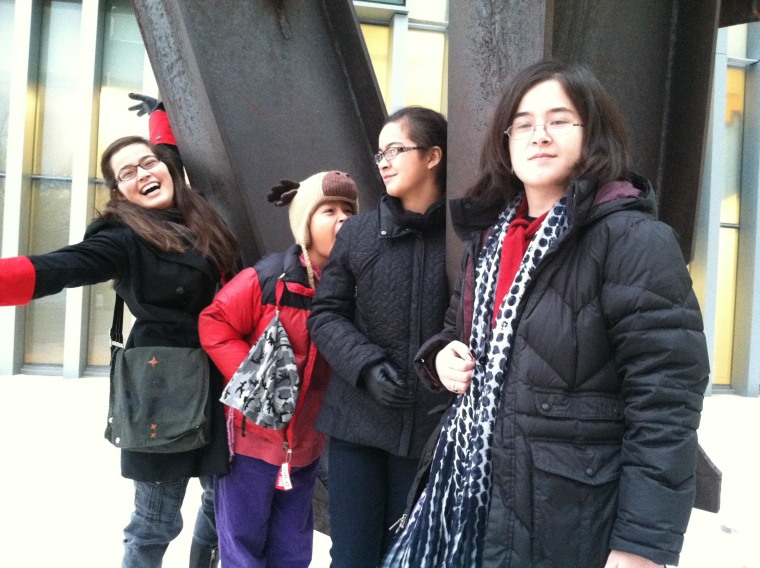Fourteen-year-old Niu Niu is doing her math homework at the kitchen table when her older sister's friends text her.
“When are you having Thanksgiving Eve?” they ask.
“On Thanksgiving EVE,” Niu Niu types back drolly. “Wednesday before Thanksgiving.”
I shout from the stove, where I'm getting dinner ready. “Tell them to come help clean the house!”
“When are Mango and Hao Hao coming home?" one asks, wondering when my two older daughters will join us. Niu Niu relays her query to me.
“Never,” I answer, only somewhat kidding. “Tell her, 'Don’t you remember when Hao Hao told you, ‘Goodbye forever’?”
“Oh,” the friend replies. I can almost hear her furrowed brow over the text message. “I thought she was joking.”
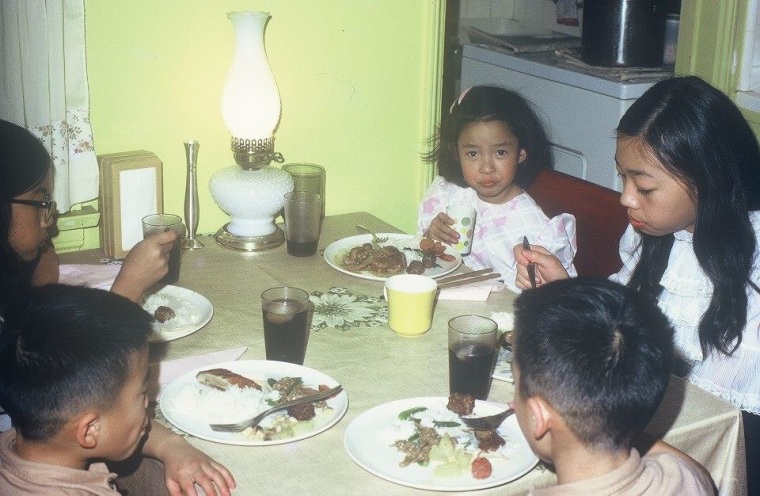
When my husband of seventeen years left seven years ago, I had never been separated from our four children -- not even for one night. And he, a small business owner who worked all the time, had never watched all four kids on his own. Still, I insisted that the children join him at their Grandma's for Thanksgiving and Christmas -- as they'd always done -- for the formal china and silverware and turkey and pecan pie they'd come to associate with the holidays.
But the children felt bad that I would be alone. Frankly, I was a little worried, too.
Then I remembered the Thanksgiving my family once shared with our neighbors, the Shigematsus, when I was a teenager. Originally from Hawaii, they and all their kama‘aina friends gathered together every Thanksgiving, Christmas, and New Year’s. They celebrated as a new family, far from home, the air in their house rich with pidgin and the turkey glistening in teriyaki sauce.
So the children and I decided to create our own tradition.
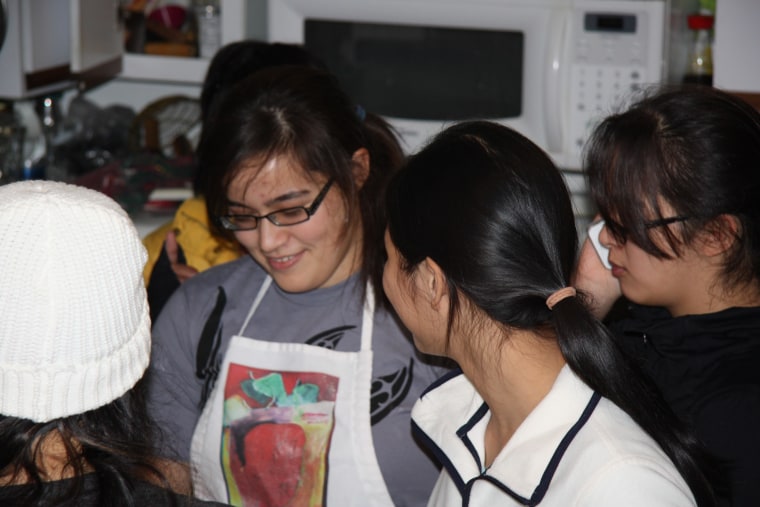
We gathered all our friends together the night before Thanksgiving -- Thanksgiving Eve. All are welcome -- neighbors, friends, acquaintances, anyone still in town, anyone all alone. Troops of children sorted by age swarm up and down the stairs. Our guests bring tandoori chicken, vegetarian pulao, Sri Lankan chicken curry, Chinese red-cooked duck, Taiwanese oiled rice, sushi, sashimi, kimbap, mochi, Thai butternut squash, hummus and baba ghanoush. We don’t even bother with turkey.
One year, the traditional Thanksgiving bird comes uninvited. The elementary school gives all the families on free lunch a free turkey. A turkey? I don’t know how to cook a turkey. My mother never roasted a turkey for Thanksgiving, thinking it was too big and too wasteful for just the four of us.
I am standing in the kitchen, staring at this bird, paralyzed with performance anxiety, until memories of my great aunt, the first in the family to immigrate to America, come in whisps of steam and ginger. Was it Christmas? New Year’s? I can see her bringing a roast duck to the table, glazed shiny red and brown, its neck long and curved, stuffed full of sticky rice, each grain hanging onto my chopsticks.
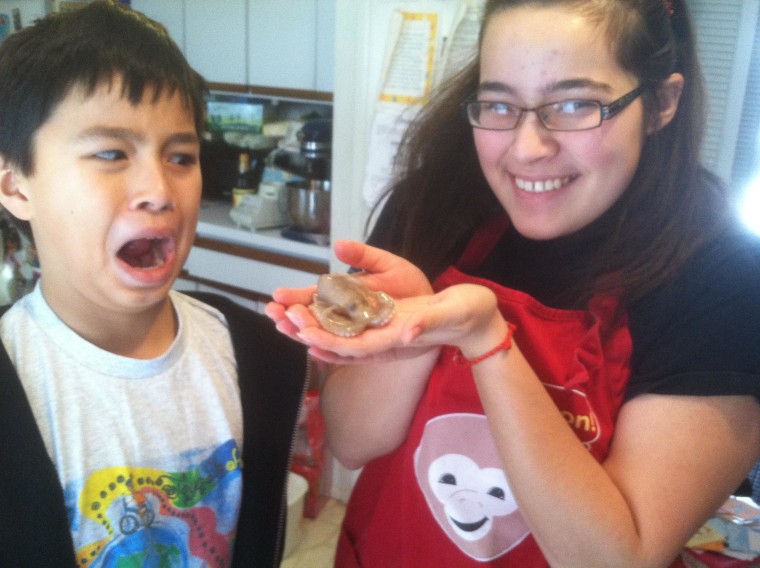
I marinate the turkey in homemade teriyaki sauce, Hawaiian style, filled with fresh ginger and garlic. I soak the sweet rice overnight and steam it. I stuff the turkey with eight treasure sticky rice. I count and recount to make sure I have the right number of treasures—eight is the lucky number—shitake mushrooms, fresh soybeans, pressed tofu, wheat glutens, pine nuts, raisins, cranberries, water chestnuts—do onions/garlic/ginger count in the eight?
As the children grow older, they begin to help more—make the lemonade, set the table, invite friends, clean their rooms, make their favorite dishes. Hao Hao takes over making the black sticky rice, the black rice dramatic against the red serving bowl, accented with mango and coconut cream, laden with memories of graduate school, the reason I left home in the first place.
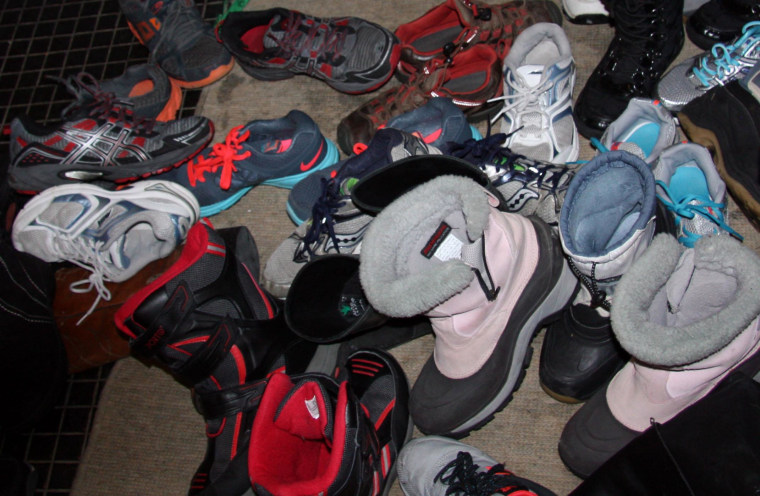
We live in a college town, so even though my two oldest daughters are gone, I still see their friends on campus, in coffee shops, at the farmer’s market, at orchestra concerts. We take a quick selfie and send it to my girls (I send the picture to the friend’s parents too). My daughters coo in response, “Awww, my friends.” To this day, those friends still walk into our house without knocking, just like they always have.
But this Thanksgiving, half my children will be away at college, and there is no money left after tuition and loans to bring them home for the holidays. Ten-year-old Little Brother, who everyone calls Di Di, misses his sisters so much he has moved into their room, settling into the top bunk.
Meanwhile, all their friends are coming over to our house for Thanksgiving Eve.
So what can I do but call all my friends and relatives to find the right family to take them in for Thanksgiving (and maybe Christmas too) so they will not be alone? We will Skype so their friends can all see them. And we will once again create the holiday anew and extend the reaches of family and home out even further than we knew we could.
But who will make the black sticky rice with mango?
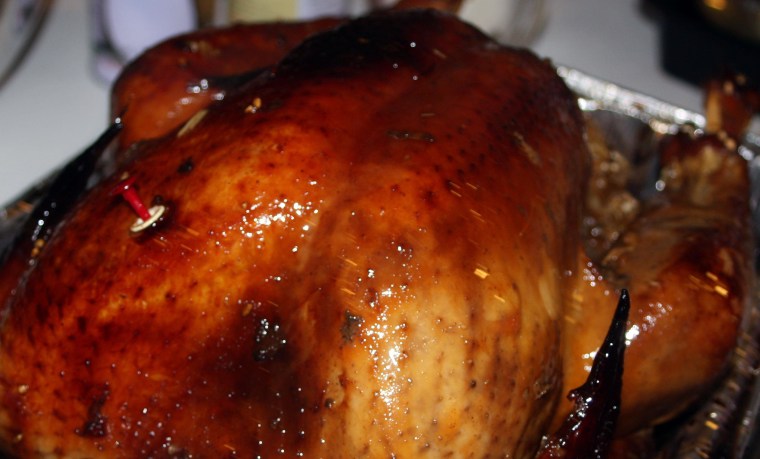
Black Sticky Rice with Mango
Ingredients:
- 8 cups black sticky rice (also called sweet rice or glutinous rice, white sweet rice works too)
- 2 cans coconut milk
- 2 cups sugar
- 4 cups fresh or frozen mango chunks
- (Can adjust amounts depending on the size of your rice cooker)
Instructions:
- Soak black sticky rice overnight
- Steam black sticky rice in rice cooker.
- Mix in 2 cans of coconut milk and 2 cups of sugar
- Serve in a big beautiful serving bowl (or directly out of the rice cooker to keep it warm)
- Arrange mango chunks artfully on top of the rice
- Call everyone to come take a look at how beautiful it is
